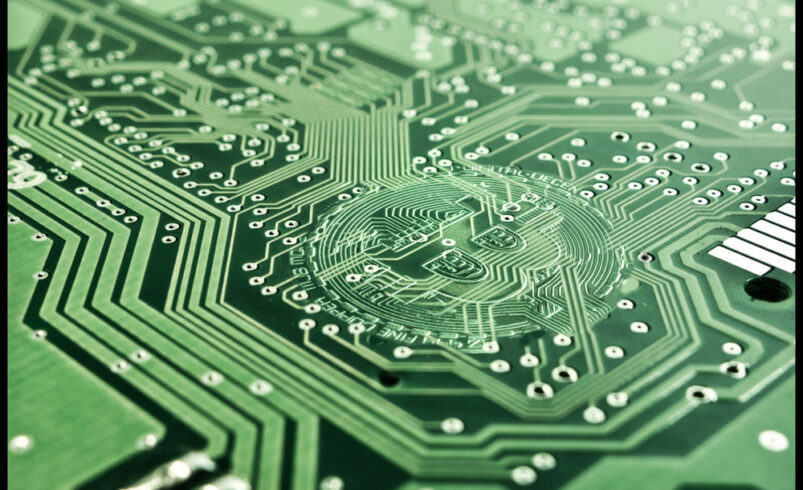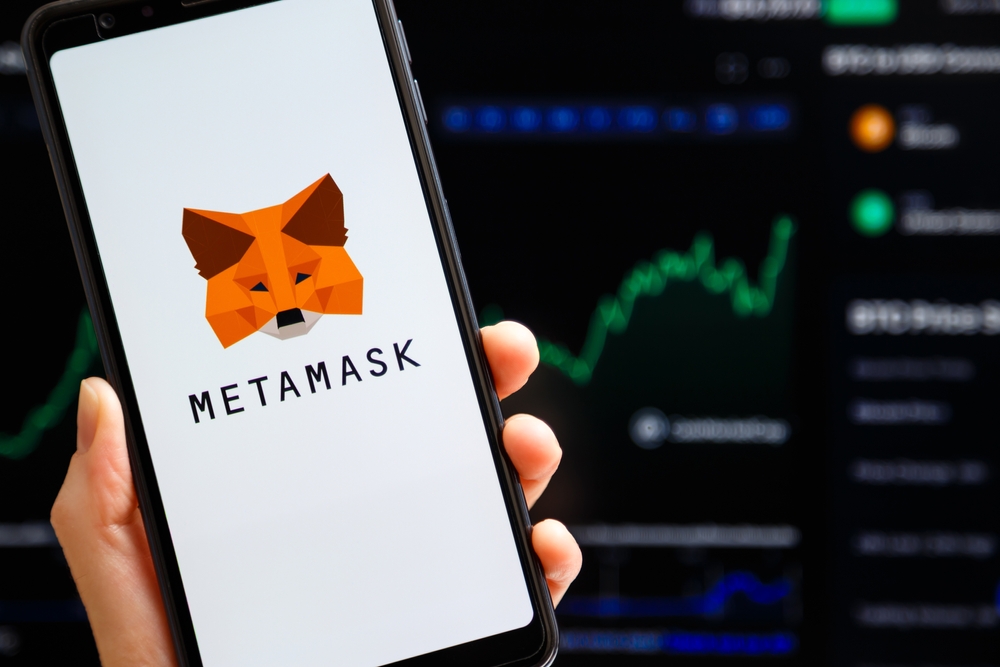Bitcoin Miners vs. Bitcoin Nodes: Understanding the Key Difference

Bitcoin miners and Bitcoin nodes are two vital elements of the Bitcoin ecosystem. While many use the terms interchangeably, they have major differences, which we seek to discuss in this article. So, stick around!
Bitcoin Node Explained
A node is a computer that runs the Bitcoin software on the network and stores blockchain data. A full node, which stores a complete version of the Bitcoin blockchain, can operate on a standard computer. When Bitcoin users initiate transactions, nodes validate and place them into what’s called a “mempool” as unconfirmed transactions, which are then processed by Bitcoin miners.
The transaction validation process involves the following:
- Confirming accuracy
- Checking the validity of digital signatures.
- Blocking double-spending.
- Checking that gas fees are paid.
The Bitcoin nodes broadcast all validated transactions to the network, and then miners group them into blocks for processing. Moreover, nodes are tasked with monitoring miners’ activities to ensure they adhere to Bitcoin rules when processing transactions. Bitcoin nodes also ensure miners do not gain too much power in an effort to minimize risks associated with the 51% attack. Despite their key role in the Bitcoin network, nodes do not earn any block rewards.
Try GPT Definity AI today, the #1 crypto trading robot! Click here to learn more. Artificial intelligence trading robots are taking over the trading eco-system, you can join this revolution and profit from daily revenues! Get ahead of the trading game with Artificial Intelligence crypto trading software today!
Various Types of Bitcoin Nodes
Also called Simplified Payment Verification nodes, light nodes operate a Bitcoin software version that only maintains a ‘lightweight” copy of the blockchain, which contains block headers only. These nodes must be connected to full nodes to get the complete data of a particular block. Light nodes are ideal for node operators using devices that have limited storage.
Lightning Nodes
These Nodes enable the Lightning Network built atop the Bitcoin blockchain to process transactions at a cheaper cost and faster.
Archive Nodes
Such nodes store the entire copy of the Bitcoin network, including all completed transactions. In other words, they offer historical data to Bitcoin users.
Pruned Nodes
Like archived nodes, pruned nodes store Bitcoin’s transaction history but not all of it. When the size limit is reached, the pruned nodes remove older transactions to give room for the latest ones.
Mining Pool Nodes
These nodes help mining pools to validate transactions on the Bitcoin network.
Bitcoin Miner Explained
Simply put, a Bitcoin miner is a subset of a node that participates in mining. After grouping transactions into blocks, the miner verifies and broadcasts them to the network. If full nodes approve, the miner earns newly minted BTC as block rewards.
Bitcoin miners battle it out to solve extremely tough mathematical problems, and the winner gets the opportunity to verify a block of transactions in exchange for BTC rewards. It is worth mentioning that the process of finding solutions to mathematical puzzles is energy-intensive.
How Bitcoin Nodes and Miners Work Together
As we’ve seen, Bitcoin miners and nodes are interdependent, relying on each other to carry out these tasks:
Validating and Broadcasting Transactions
Nodes gather transactions from Bitcoin users to validate them. They then broadcast validated transactions to the Bitcoin network for miners to confirm them.
Mempool
As mentioned earlier, nodes send unconfirmed transactions to a mempool. After that, miners pick and add them to a new block to process them.
How Bitcoin Mining Works
Bitcoin mining involves using computational power to find the correct hash matching the mining difficulty by changing the nonce. The first miner to determine the right hash creates a new block of transaction and confirms it. Full nodes then check the block’s authenticity before the transactions are completed. Once a transaction block is confirmed, the updated version of the Bitcoin blockchain isn’t broadcast. Instead, the block is broadcast for other Bitcoin nodes to add it to their copies of the blockchain.
Besides earning newly minted BTC, miners collect all the network fees paid by Bitcoin users.
Conclusion
The roles of miners and nodes on the Bitcoin blockchain cannot be understated. The two elements ensure that only genuine transactions are processed, making Bitcoin a reliable network for transacting.
Disclaimer: Mining Plus Crypto specializes in amplifying content for dozens of cryptocurrency and blockchain firms, and your company could be next on the list! For inquiries, please reach out to us through or Telegram Chat. Given the unpredictable nature of cryptocurrencies, we advise you to thoroughly research before investing. A portion of the content available on our website, including broker reviews, is paid content or content contributed by guest writers and does not necessarily represent the opinions of Mining Plus Crypto. We claim no liability for the accuracy, quality, and content of advertisements, products, or any other materials, including ad spaces displayed on our site. For a comprehensive understanding, please review our full terms and conditions, and disclaimer.






